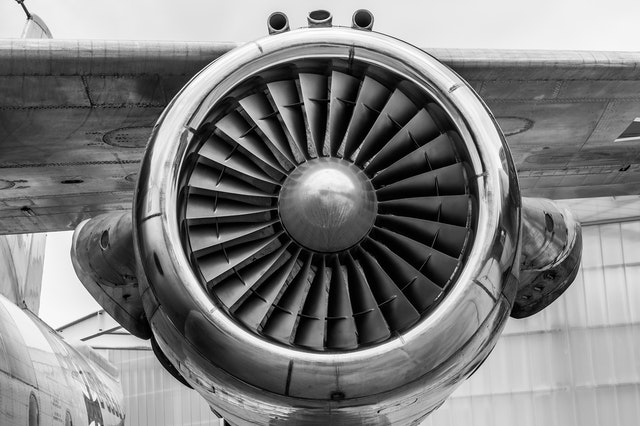


March is overflowing with birthdays of engineers who made history in the United States, and we want to highlight the achievements of these inspiring engineers:
Kalpana Chawla was born March 17, 1962 in Karnal, India. She received a Bachelor of Science degree in aeronautical engineering in India, and later on moved to the United States to continue her education and received a Master’s degree in aerospace engineering. After being naturalized in the United States, she became an astronaut, engineer, and the first woman of Indian descent to go to space. Chawla lost her life during the Space Shuttle Columbia disaster, but her legacy continues to live on through her work. Her research helped other astronauts understand health and safety during spaceflight. She continues to be an inspiration for many immigrants who are chasing the American dream.
Robert Lee Curbeam, Jr. was born March 5, 1962. He is an African-American astronaut, engineer, military officer, and aircraft pilot. Curbeam was a Captain in the United States Navy, and during his Naval career he was deployed to many locales including the Caribbean and the Mediterranean. After completing his term, he returned as an instructor for the Weapons and Systems Engineering Department. During his NASA career, Curbeam broke the record for the astronaut with the most space walks on a single flight.
Michael Fincke was born March 14, 1967. He is an astronaut, engineer, and military officer. Fincke was a member of the United States Air Force stationed at the Air Force Base in Los Angeles, California. While in the Air Force Space and Missiles Systems Center Department, he worked as a space system and space test engineer, working on many flight test programs and holding a colonel rank. During his NASA career, Fincke held many titles, such as Mission Specialist, International Space Station Spacecraft Communicator, and Flight Engineer. During one of his missions, he broke the American record for the most time spent in space.



